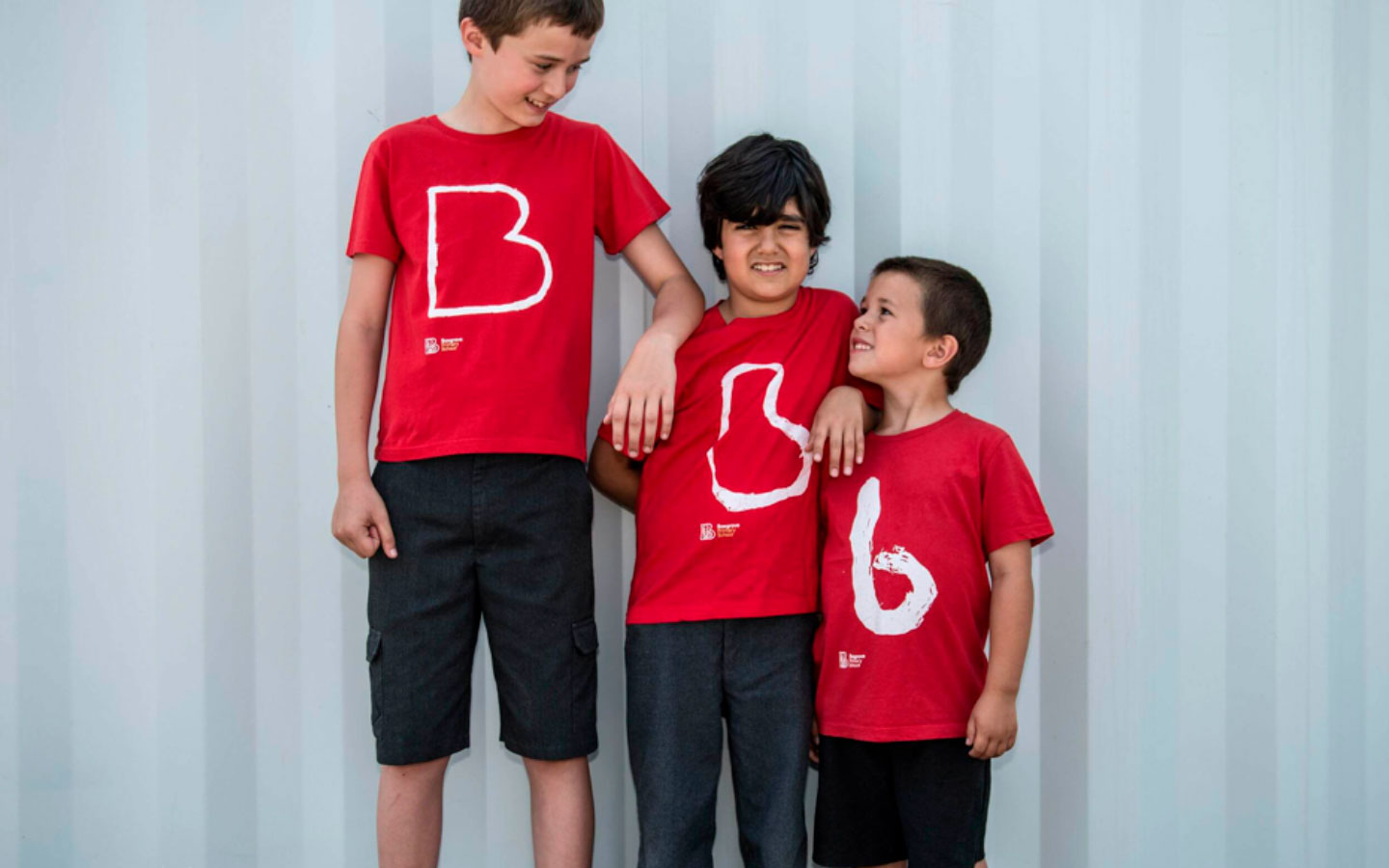All the gear but no idea? How to link a brand to its culture, inside and out.
You just know when something looks and behaves as though it’s out of place, that it doesn’t have substance, it’s pretending, almost as though it’s in fancy dress. Like wannabe sportspeople (cyclists, runners, kite surfers, etc) buying the perceived latest gear in the vain hope to get entry into the local ‘scene‘ and be one with the crowd. But just buying the gear and dressing up doesn’t make you part of that culture. You have to learn it, experience it, feel it and ultimately become it, living and breathing the culture, understanding the ways of thinking, talking, the attitudes and beliefs, and how to interact with each other, as well as the way you look. Only then does it feel authentic, that you’re part of the tribe and the culture you so desperately want to be part of.
It’s the same with brands. In a world that is becoming increasingly more visual and dynamic, everyone is focused on creating the latest brand world of visual tools that animate, demand attention on social, are a flag that people can follow and ultimately give some recognition consistency in an ever-widening media space. These are all valid, but only half of the story. Without understanding what the brand stands for, how it behaves and what the shared culture actually is, then the brand employees can’t join the brand gang because they will all act differently to each other. And if there’s no unity then there’s no chance anyone else will want to join the gang, whether that’s as a talented employee or a valuable customer. All of which ultimately influences success or failure.
So what is ’Brand culture’? Well it’s a unique blend of psychology, ideas, attitudes and beliefs that informs brand behaviour, defines brand experience and ultimately shapes brand reputation. Brands need to put culture at the heart of their business strategy if they are to flourish, or even survive. If you don’t get it right at the core of your organisation your brand will stumble and fall on the outside, regardless of how innovative or engaging your external marketing activity might be.
A lot of brand identity programs stop with the brand guidelines. A new shining toolkit of assets and applications has been born, it‘s out in the world, it’s tangible! But most projects forget to include the people who are the brand, or don’t educate them as part of the process, and fail to enrol them into the movement. It’s only once the brand is alive that the way it lives and breathes becomes apparent, when reputations and judgements are formed, and success or failure is assessed.
So what needs to happen to turn the potential ambassadors into fully fledged brand members?
1 Involve them in the journey
It’s vital to let the key stakeholders from all levels know what is going on. The world is constantly changing but humans inherently don’t like change and can react in obtuse ways if they are shocked by abrupt change – note the Gap logo that was imposed and then quickly reversed. It’s about being open and asking their views on the brand, what it stands for, why it’s different, what do they value, what’s the personality, and why it’s different. Other, more radical ways of involving the brand ‘owners‘ was Mozilla’s identity update by Johnson Banks that shared each design stage as open source voting opportunities to create the new brand. As a part of a recent rebrand of Boxgrove Primary School by Taller Design it was vital to keep the key stakeholders on board – the pupils. The reasons for change were clearly explained and every boy and girl was asked to contribute to the final artworks. Communicate credible reasons for change. Keep it clear, simple and realistic, and communicate it frequently.
2 Lead by example
In any company or organisation, the leaders set the tone that the rest will follow. The CEO and senior business leaders have to live and breathe the brand values. Look at the recent upheaval at Google where the new round of succession leaders have forgotten the values that Google was founded on and have instilled their own personal values, much to the detriment and ire of the working staff. Note how Jose Mourinho imposed his own brand values on Manchester United only to be shown up by Ole Gunnar Solskjaer who re-installed the established brand behaviours and beliefs that made Man Utd, Man Utd and a winning team again as a result.
3 Look after it
People change, the word changes, your brand will change and evolve. A strong brand culture will be deeply embedded in the fabric of the people and operations and will naturally guide thinking and behaviour, but make sure that you continue to look after it, nurture it, keeping it alive, fresh and relevant. This means making sure it stays alive and relevant along with changes in the market, making sure it’s used as a lens and a frame of reference for all decision making, and that it’s celebrated, talked about and heralded as the thing that generates success for your business.
4 Make sure it’s true
Don’t be fake and don’t impose a fake belief system. Trust is one of the core reasons for brands so make sure authenticity is inherent. Your culture is unique to you and it has to be real, distinct, credible and deliverable. Employees have to believe in the company values and mission, and share its sense of purpose if they are to perform as a unit.
5 Appreciate and recognise
Find ways to recognise and reward employees who ‘live the brand’, both internally and in their interactions with customers. Reinforce the good stuff. Remember that acknowledgement doesn’t have to be a grand scale gesture to make a difference. A handwritten personal note or a simple ‘thank you’ email can go a long way.
6 Get it right on the inside and the rest will follow
You only get out what you put in. Brands need to continually invest in their brand culture to ensure success and longevity. It can be the difference between survival and failure. O2 have a successful ongoing program of brand inductions for new recruits and third party suppliers as well as an internal program to recognise ‘star‘ employees, which not only educates and informs but also steers behaviour and creates advocates both internally and externally.
Creating, growing and maintaining an effective internal culture is no quick fix but an ongoing process and a long-term commitment. It’s not an easy task, regardless of the scale of the organisation. You’ll need expert support to achieve it effectively
It’s almost impossible to rally behind something if you don’t know what it stands for and how it behaves. You might like the colour of the flag and the gear but you might go round and round like a headless chicken not knowing quite what to do and how to fit in. So if you want to create a movement, a new gang, an elite club, or a commercial brand, make sure you link your visual and verbal brand (the visual signifiers and communication tools) to it’s culture. A stronger culture will lead to a stronger brand which will lead to a stronger business.






